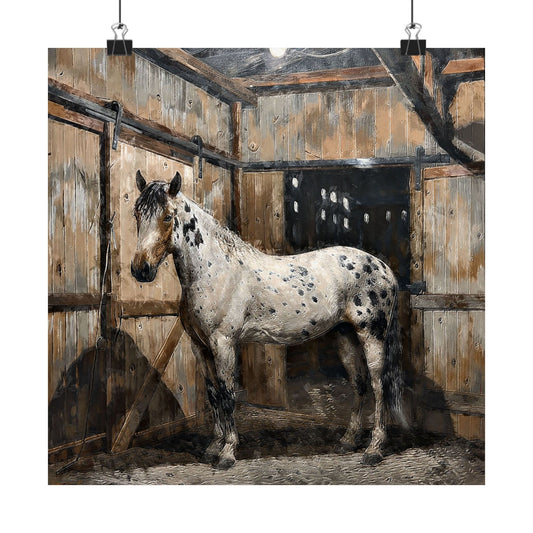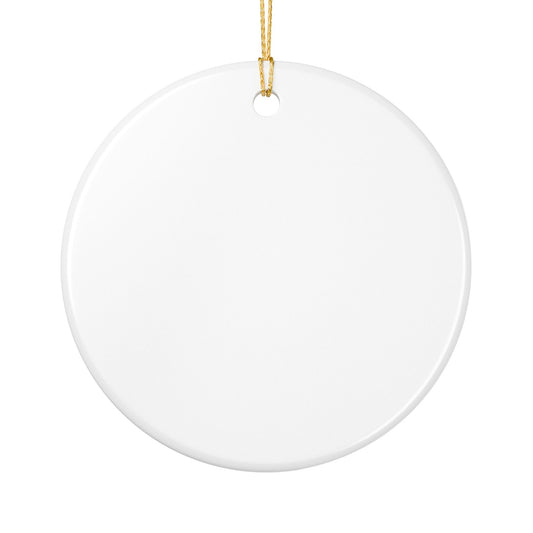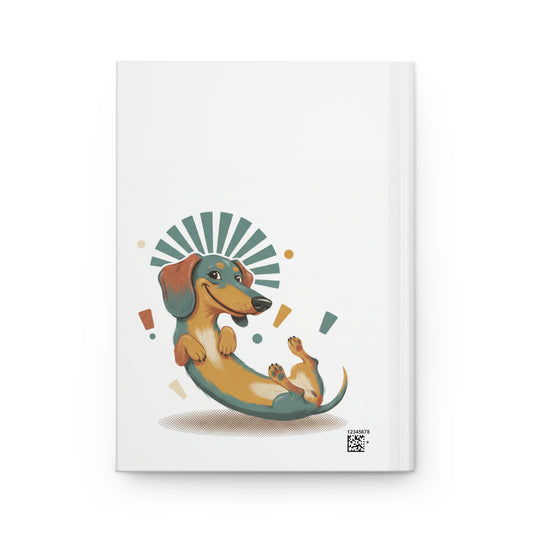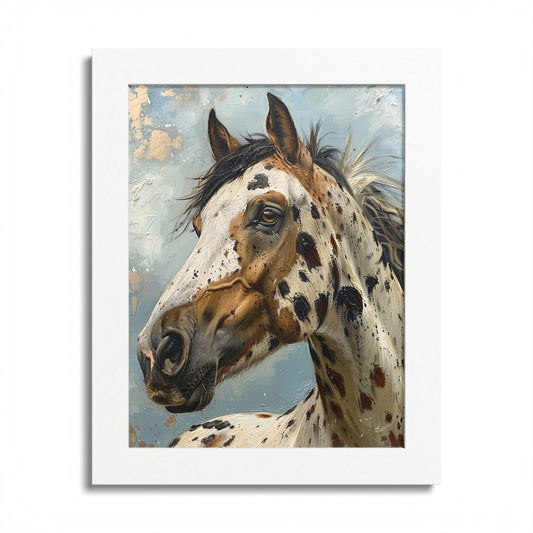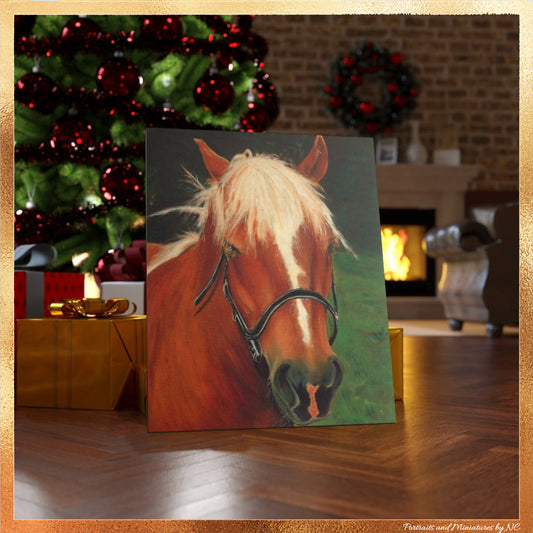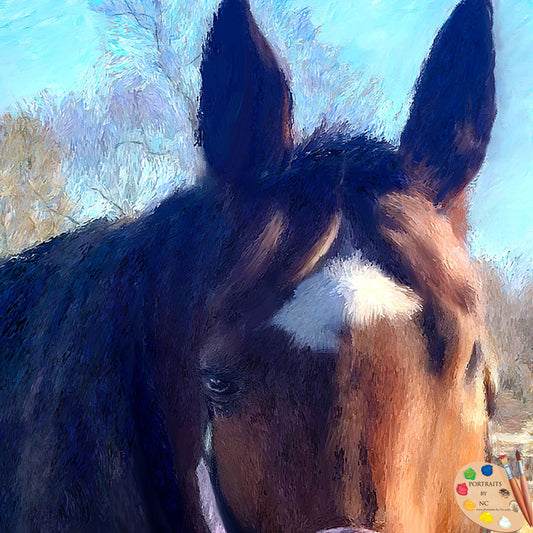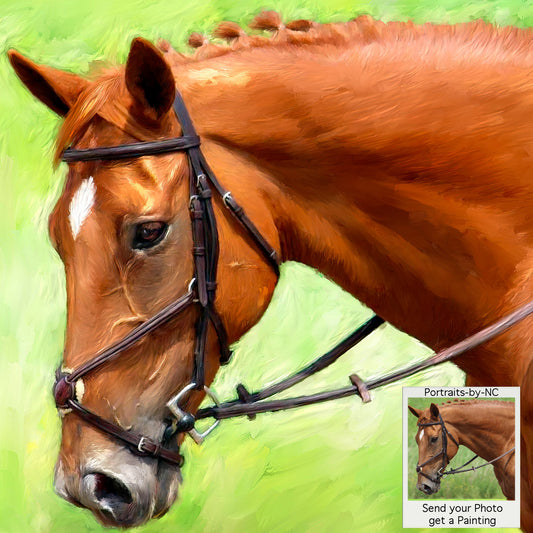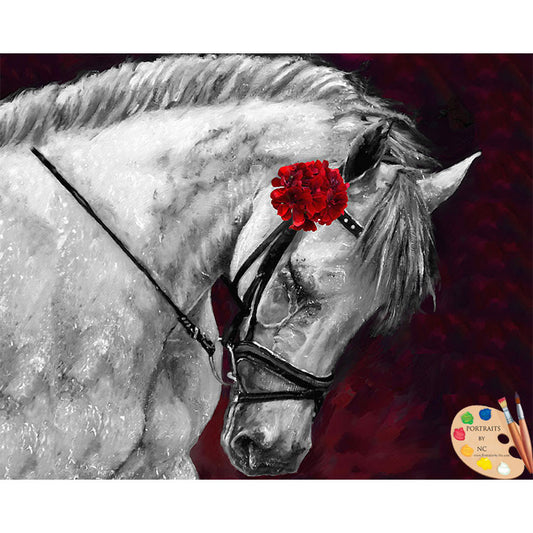Creative Ways to Plant Herbs
Share

Photo via Landscape Magazine
Recently I came across a wonderful DIY project in the British magazine Landscape that I thought was pretty clever. If you use fresh herbs and are looking for a creative way to plant a few herbs close to your kitchen this might be an attractive way to do so.
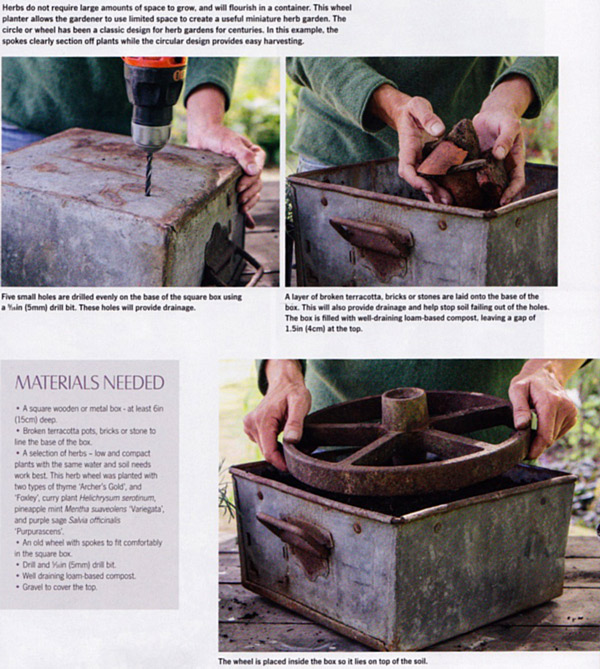
Photo via Landscape Magazine
Old wheels and rustic looking boxes are easy to find at 2nd hand stores, antique markets and can even be ordered via Etsy. The trick to making an interesting herb box is finding unusual shapes with an interesting patina like this vintage bone grinder.
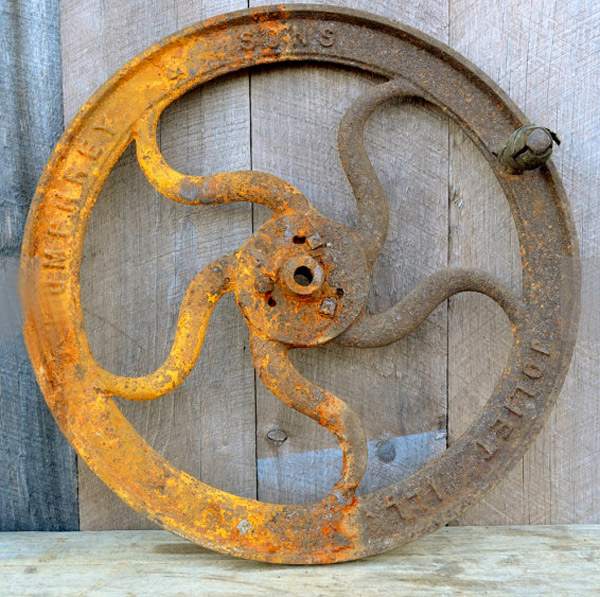
Vintage Bone Grinder via Relics and Rhinestones

Photo via Landscape Magazine
Herbs that will grow well together
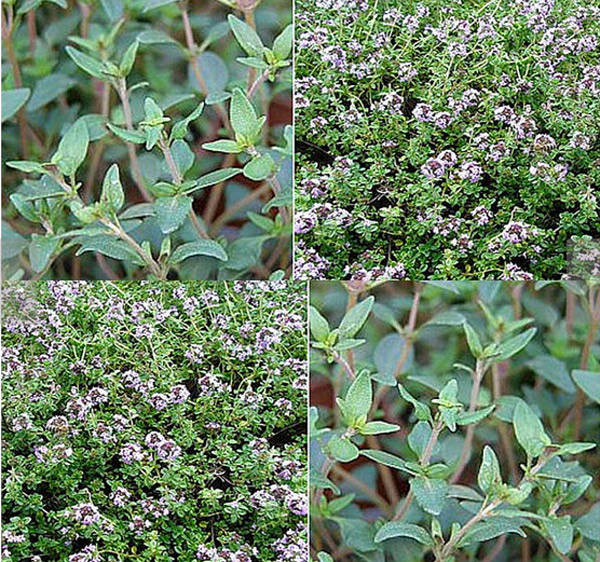
Thyme Seeds via All About Seeds
Thyme
Thyme loves well drained compost and full sun light. Plant it with herbs that will not be taller, otherwise the plant will stop producing leaves. To keep the plant looking at it's best, shear it down once it is done flowering. This will also ensure new growth to follow. Since Thyme can get woody with age, you might want to replace it with a younger plant in about three to four years.
You can propagate Thyme from cuttings in early summer. Select non flowering shoots and cut just above a set of leaves. Then dip the ends in some growth hormone and right into the soil. Keep moist until roots have established themselves.
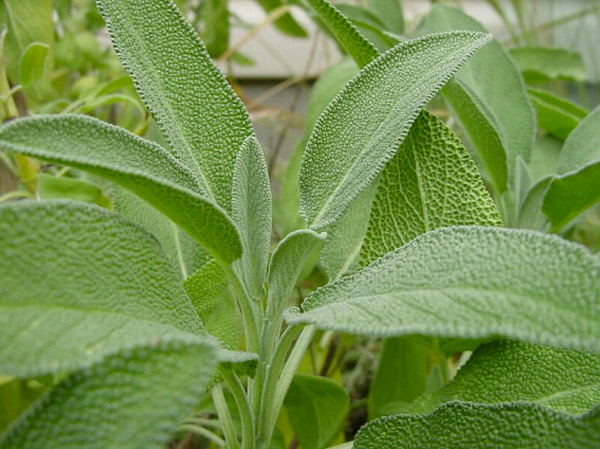
Sage Seeds via E Natural Life
Sage
Cooks have used sage for centuries. This evergreen shrub loves a dry and sunny location and sone pruning around mid-summer to keep the plant looking nice. Sage is also a great companion herb to alliums, chives, mint or parsley.
To propagate cut soft branches in mid August. Choose non-flowering shoots and trim off the bottom leaves. Dip the ends in growth hormone and plant. Water and feed once a month until the roots are well established.
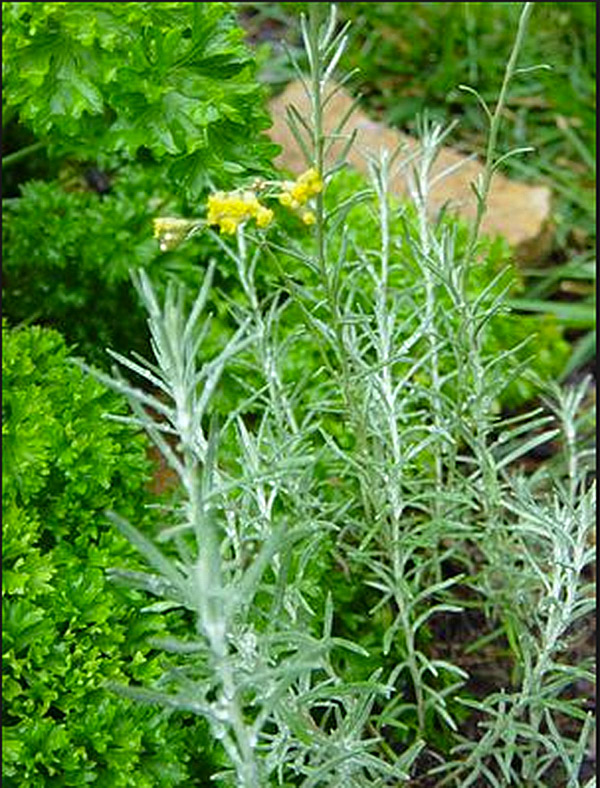
Curry Plant
The Curry plant has a mild and subtle flavor and smells very aromatic. Chop it finely and add it to yogurt, eggs, mild cheeses and fish dishes. The curry plant loves well drained soil and full sun. Protect it from rain and cold winds. The curry plant makes a great companion plant, because insects don;t like the scent and are repelled by it. This herb becomes less productive after three or four years and should be replaced with fresh ones.
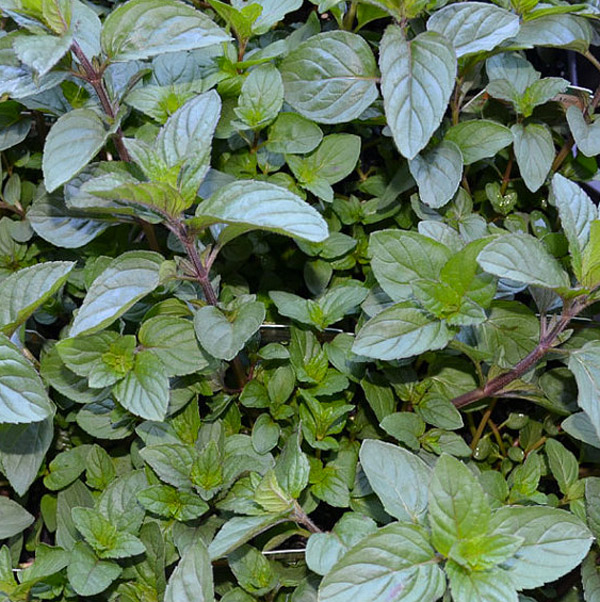
Mint via Fresh Organic Body Care
Mint
I love mint and have it planted where I can enjoy it's lovely scent every time I brush against it. Mint loves rich, moist soil in a sunny location. I learned the hard way that if you plant mint in the ground it will come up just about everywhere. I highly recommend planting it in pots or you might have a slight invasion on your hands. Watering will keep your plant healthy and thriving.
The easiest way to propagate mint is to divide and replant the roots in spring or autumn. Just plant the roots in fertile soil and keep watered well until you see the first shoots appear.






































